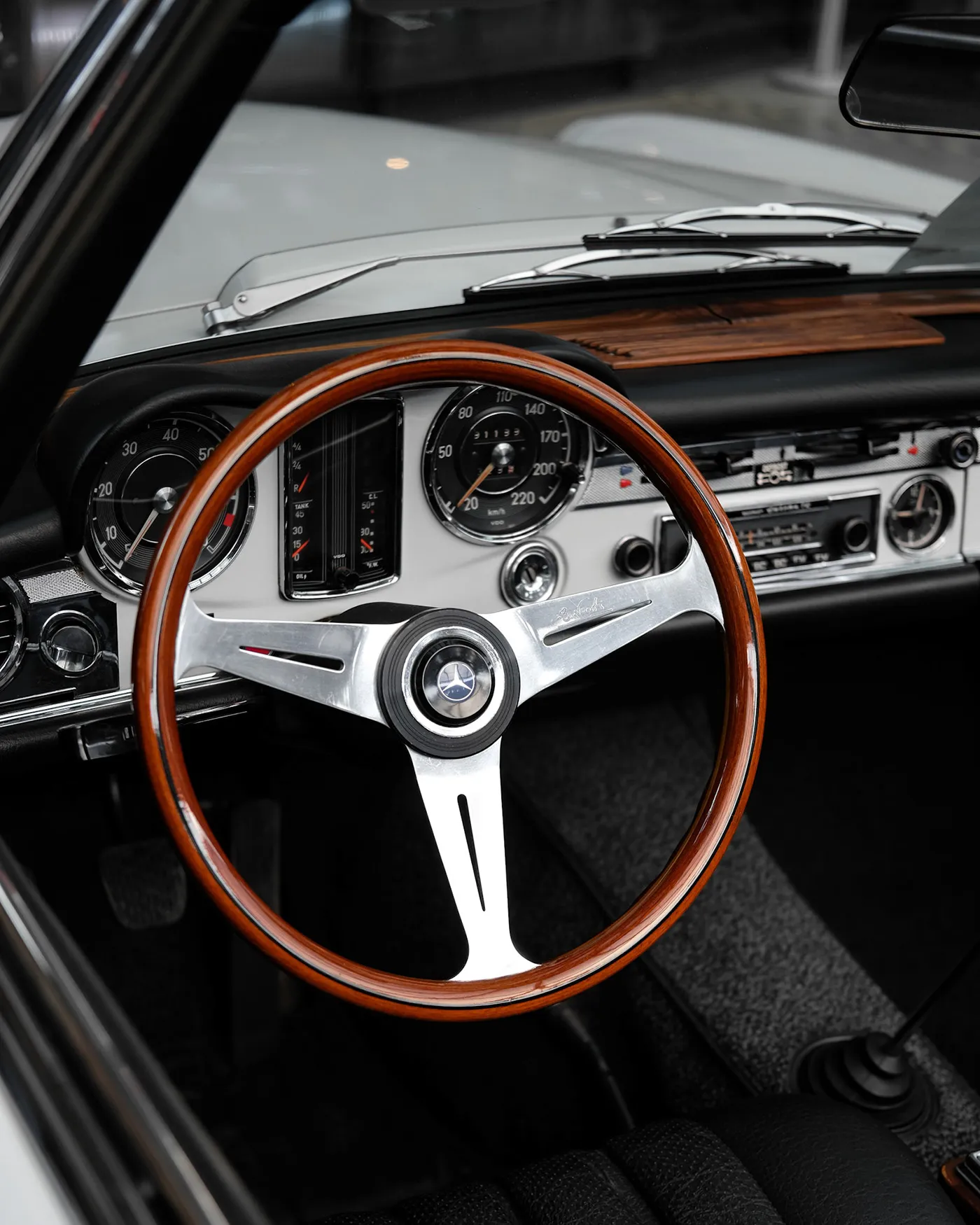Early Days of Diecast Cars
The history of diecast cars is a fascinating journey that mirrors the evolution of both toy manufacturing and the automobile industry itself. These miniature marvels, crafted from metal, have captivated generations of collectors and enthusiasts. Diecast cars, as we know them, emerged in the early 20th century, initially designed as toys for children. However, their durability, detailed craftsmanship, and the growing interest in automobiles quickly transformed them into something more than just playthings. The early diecast cars were a reflection of the automotive designs of their time, offering a tangible way for children to interact with and learn about different car models. This initial phase laid the foundation for the sophisticated collectibles and highly sought-after models that we see today. This era set the stage for what would become a global phenomenon, blending play, collecting, and a deep appreciation for automotive history.
The Rise of Metal Toys
Before the advent of plastics, metal was the material of choice for durable toys. Diecast cars benefited greatly from this trend. The use of metal, particularly zinc alloys, allowed manufacturers to create intricate designs that were both robust and visually appealing. This was a significant step up from the simpler wooden or tin toys that were common before. The transition to metal meant that these toy cars could withstand the rough and tumble of childhood play, lasting much longer and offering a level of detail that wasn’t possible with other materials. The durability of metal also allowed for the creation of more realistic models, capturing the essence of real-life vehicles. This shift towards metal toys was a pivotal moment, setting the stage for the golden age of diecast car production, and establishing a standard of quality that remains admired to this day.
Early Production Techniques
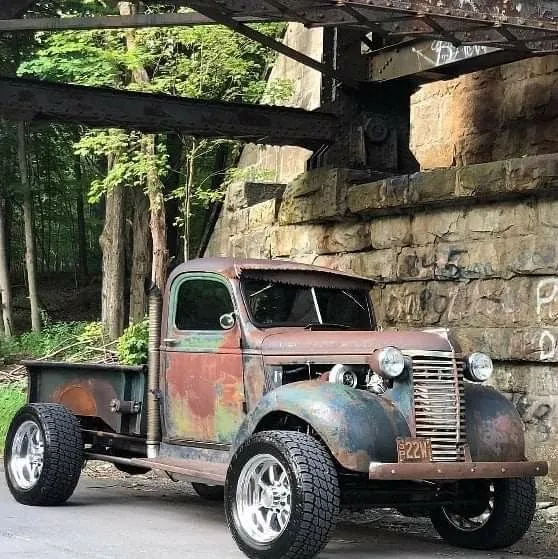
The manufacturing process of diecast cars in the early days was a testament to innovation. The process of die-casting, where molten metal is injected into molds under high pressure, was crucial. This technique allowed for the creation of highly detailed parts, from the body of the car to the smallest interior features. The molds themselves were a significant investment, as they needed to be precise and durable to withstand repeated use. The early production techniques were often labor-intensive, with many steps performed by hand. Each car would go through multiple stages of assembly, painting, and detailing. Despite the challenges, these early manufacturers were able to produce high-quality toy cars that were both affordable and appealing to children. This combination of artistry and engineering paved the way for the mass production and widespread popularity of diecast cars.
Evolution of Diecast Materials
The materials used in diecast car production have evolved significantly over time. Initially, zinc alloys were the dominant material due to their ability to capture fine details and their durability. However, as technology advanced, so did the options. Different alloys and coatings were developed to improve the durability and aesthetic appeal of the cars. The evolution of paints and finishes also played a crucial role, allowing for more realistic and vibrant color schemes. Furthermore, the introduction of plastics in the late 20th century added another dimension to diecast car manufacturing. Plastics were used for interior details, windows, and other components. This allowed for more complex designs and further reduced production costs. The constant refinement of materials has played a vital role in enhancing the quality and the collectibility of diecast cars.
Key Companies in Diecast History
Several companies have left an indelible mark on the world of diecast cars. Their innovations in design, production, and marketing have shaped the hobby into what it is today. These pioneers not only created toy cars but also cultivated a culture of collecting and appreciation. The names of these companies are instantly recognizable to collectors, representing decades of craftsmanship and a deep understanding of what makes a diecast car special. Their contributions have influenced generations of enthusiasts and continue to inspire new collectors. These companies elevated the status of diecast cars from simple toys to coveted collectibles and historical artifacts. Their enduring legacies ensure that the story of diecast cars will continue to be written for many years to come.
Dinky Toys and Their Legacy
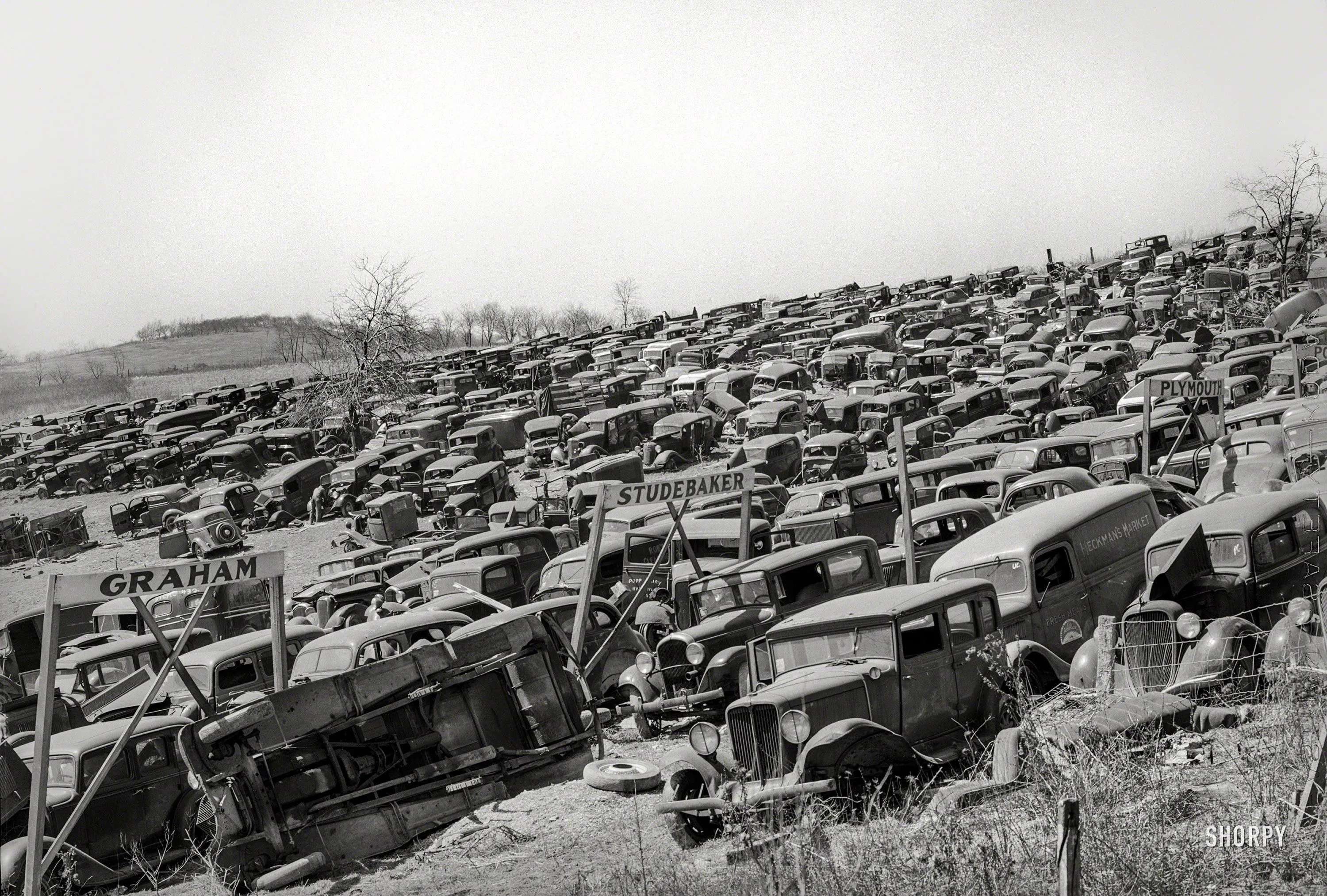
Dinky Toys, manufactured by Meccano Ltd, were among the earliest and most influential diecast car brands. They set a high standard for detail and realism, and their models were highly sought after by both children and collectors. Dinky Toys were known for their accurate representations of real-world vehicles. They produced a wide range of models, including cars, trucks, buses, and even airplanes. Their popularity was due to the quality and the fact that they were the first to be mass-produced. The impact of Dinky Toys on the diecast car industry is undeniable. They established the fundamental principles of diecast model design, production, and marketing. The legacy of Dinky Toys continues to live on, with their vintage models still highly valued by collectors around the world. They are an integral part of diecast car history, demonstrating the power of innovation and quality.
Corgi Toys and Their Innovations
Corgi Toys, introduced by Mettoy Playcraft, were known for their innovations, such as opening doors, detailed interiors, and even suspension systems. Corgi Toys quickly gained a following by introducing features that enhanced playability and realism. The inclusion of elements like windows, detailed interiors, and opening parts, and suspension systems made their models more attractive to a wider audience. These features set them apart from their competitors and attracted new collectors. Corgi Toys’ marketing strategies, including the use of licensed models, were very effective in building brand recognition. The legacy of Corgi Toys continues to influence the diecast car industry today. Their creative approach to toy design and their ability to connect with consumers made them a dominant force in the market. They represent the evolution of the diecast car from a simple toy to an intricate collectible.
Matchbox and the 1-75 Series
Matchbox, founded by Lesney Products, revolutionized the diecast car industry with its innovative 1-75 series. These small, affordable cars were designed to fit in a matchbox, making them accessible to a wider range of consumers. This clever design and marketing approach allowed Matchbox to become a global phenomenon. The 1-75 series offered a diverse range of models, including cars, trucks, and buses. The affordability and collectibility of Matchbox cars made them incredibly popular. The packaging, the branding, and the overall accessibility of Matchbox cars created a loyal following and solidified the brand’s place in diecast car history. Matchbox’s impact is seen not only in the vast numbers of cars sold but also in the design of the future of diecast car models.
Impact of Diecast on Toy Industry
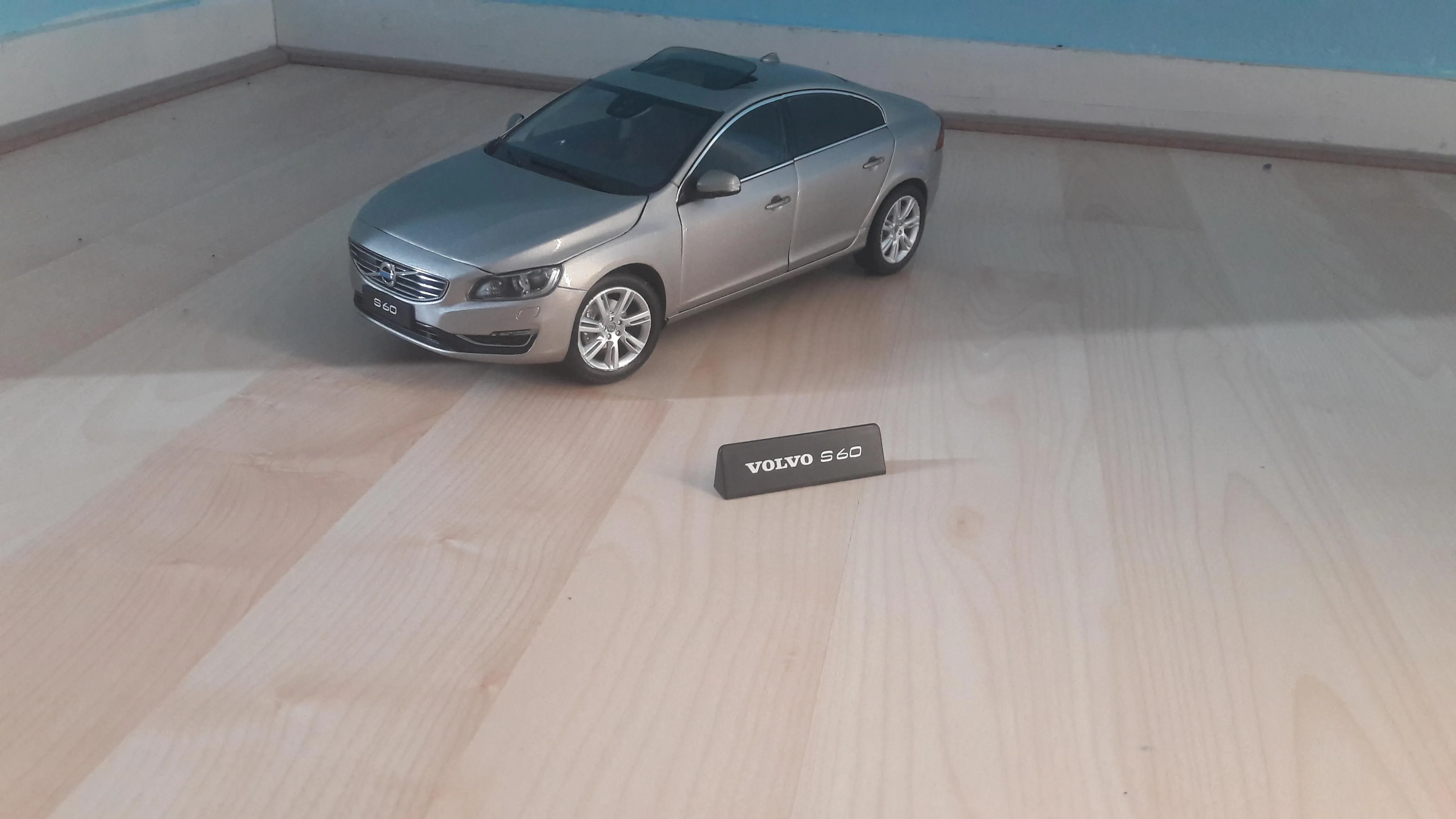
Diecast cars have had a profound impact on the toy industry, changing how toys are designed, manufactured, and marketed. The success of diecast cars influenced the materials used, production techniques, and the overall aesthetics of toys. Diecast cars showcased the value of detailed craftsmanship, realistic design, and durability in toy manufacturing. The rise of diecast cars spurred innovation across the toy industry, influencing the development of new materials, manufacturing techniques, and marketing strategies. The success of these miniature cars demonstrated the power of licensed products, the appeal of collectibles, and the importance of brand loyalty. The impact of diecast cars on the toy industry is undeniable. These miniature marvels have transformed the toy landscape, inspiring countless innovations.
Diecast as Collectibles
Over time, diecast cars have evolved from simple toys to highly sought-after collectibles. Their historical significance, the artistry involved in their creation, and their scarcity have made them valuable assets for collectors. Certain models are worth significant sums, making diecast cars an investment as well as a hobby. The collectors’ market is vibrant, with collectors always looking for rare models and specific production runs. This shift from plaything to collectible reflects the lasting appeal of diecast cars and their ability to capture the imagination. Diecast car collecting has become a global phenomenon. The value of these miniature cars has led to a thriving secondary market, complete with auctions, trade shows, and dedicated online communities.
The Appeal to Collectors
The appeal of diecast cars to collectors is multifaceted. For some, it is a nostalgic trip back to their childhood. For others, it is the appreciation of the intricate details and the craftsmanship. The limited availability of certain models and the history attached to each car add to their value. The thrill of the hunt, the community of fellow enthusiasts, and the satisfaction of completing a collection are all significant factors. Collectors often focus on specific brands, models, or eras. The emotional connection, the financial investment, and the camaraderie among collectors make the hobby a rewarding one. Diecast car collecting offers a unique blend of history, artistry, and social interaction. It provides a tangible link to the past and offers a way to share a passion with like-minded individuals.
The Future of Diecast Cars
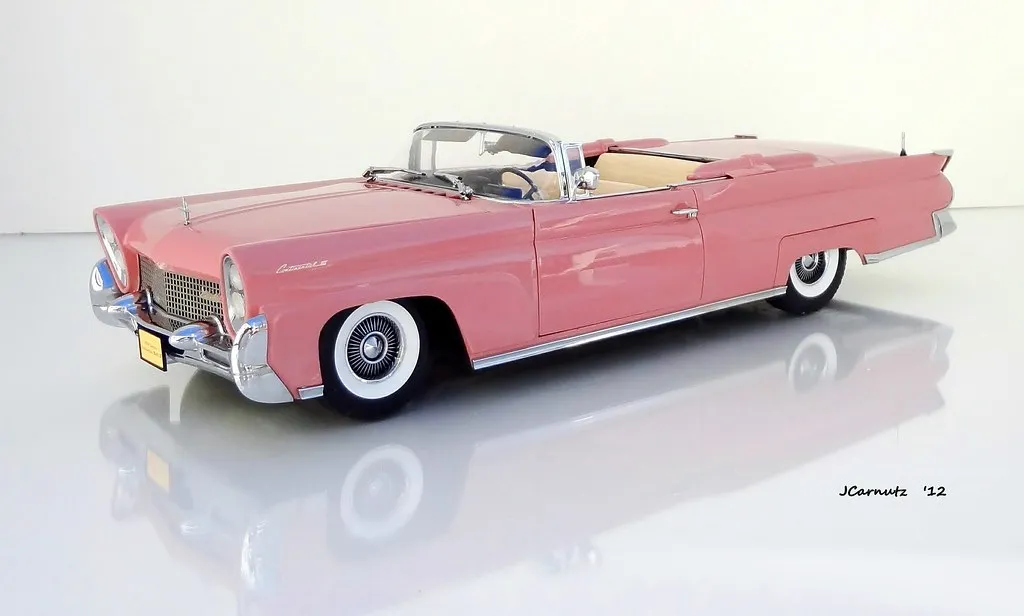
The future of diecast cars appears bright, with new innovations and a continued interest from collectors and enthusiasts. Manufacturers are adopting new technologies, such as 3D printing, to create more detailed models. The rise of electric vehicles and autonomous cars will influence the designs of future diecast models. The use of more sustainable materials and eco-friendly production methods is also a growing trend. The diecast car industry is adapting to meet the changing demands of the market, from sophisticated models to digital collecting platforms. The ongoing popularity of diecast cars suggests that this hobby will continue to be a source of enjoyment. The future of diecast cars is likely to be marked by innovation, sustainability, and a deep appreciation for automotive history.
